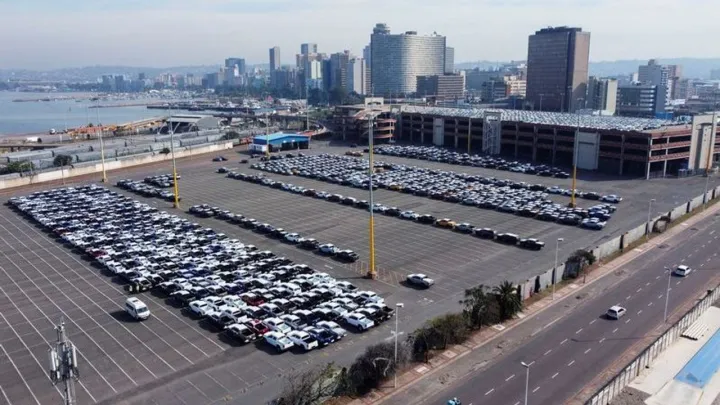By: Chioma Madonna Ndukwu
Over the past two years, South Africa’s automotive sector has experienced a sharp downturn, resulting in the closure of 12 companies and the loss of more than 4,000 jobs, according to Trade Minister Parks Tau.
The industry, which directly employs about 115,000 people—including over 80,000 in the components sector—has been under pressure due to sluggish local demand, a surge in vehicle imports, and a low rate of locally sourced parts and labour. Currently, 64% of vehicles sold in the country are imported.
At an auto parts conference, Tau stated that South Africa produced 515,850 vehicles last year—falling well short of the government’s 2035 target of 784,509 units set by the South African Automotive Masterplan.
The local content ratio, which includes parts, labour, and assembly, remains at 39%, far below the 60% benchmark. This lack of localisation, coupled with newly imposed U.S. tariffs, has put additional strain on the industry.
Automotive exports to the U.S.—valued at 28.7 billion rand (approx. $1.64 billion)—have been particularly impacted.
To address these challenges, the government has expanded its manufacturing incentive programme to include electric vehicles and related components.
Tau emphasised the importance of localisation, saying a 5% increase in local content could lead to 30 billion rand in new procurement opportunities—significantly more than the current value of the country’s automotive exports to the U.S.
International manufacturers such as Stellantis and China’s Chery are exploring local production options. Stellantis is preparing to begin construction on a new facility in the Eastern Cape.
On the trade front, South Africa has submitted a revised proposal to the United States in an effort to ease the 30% tariff introduced earlier.


